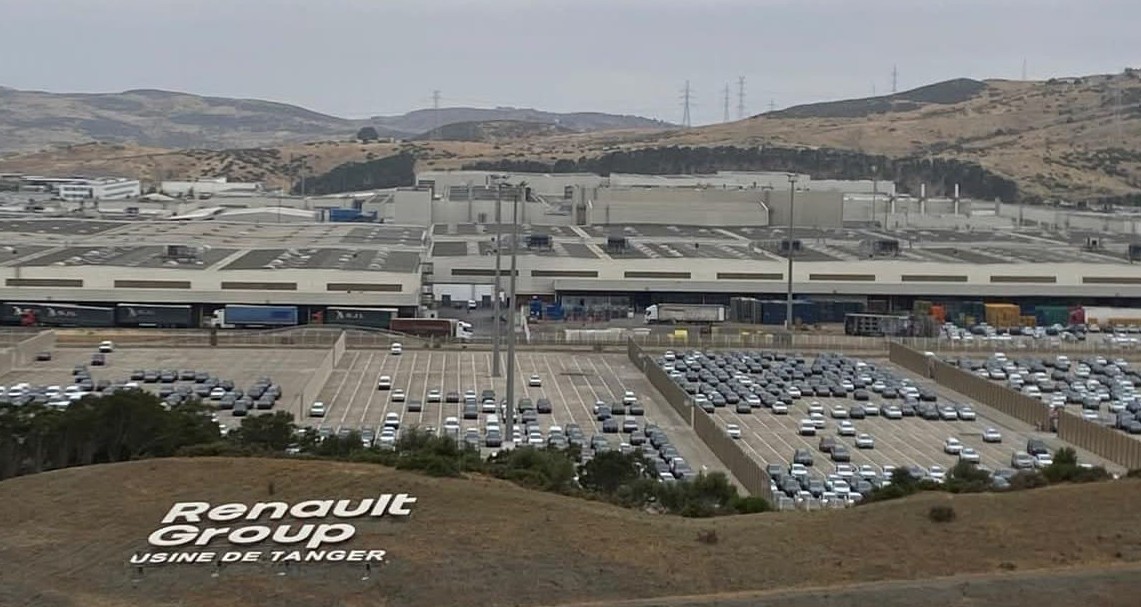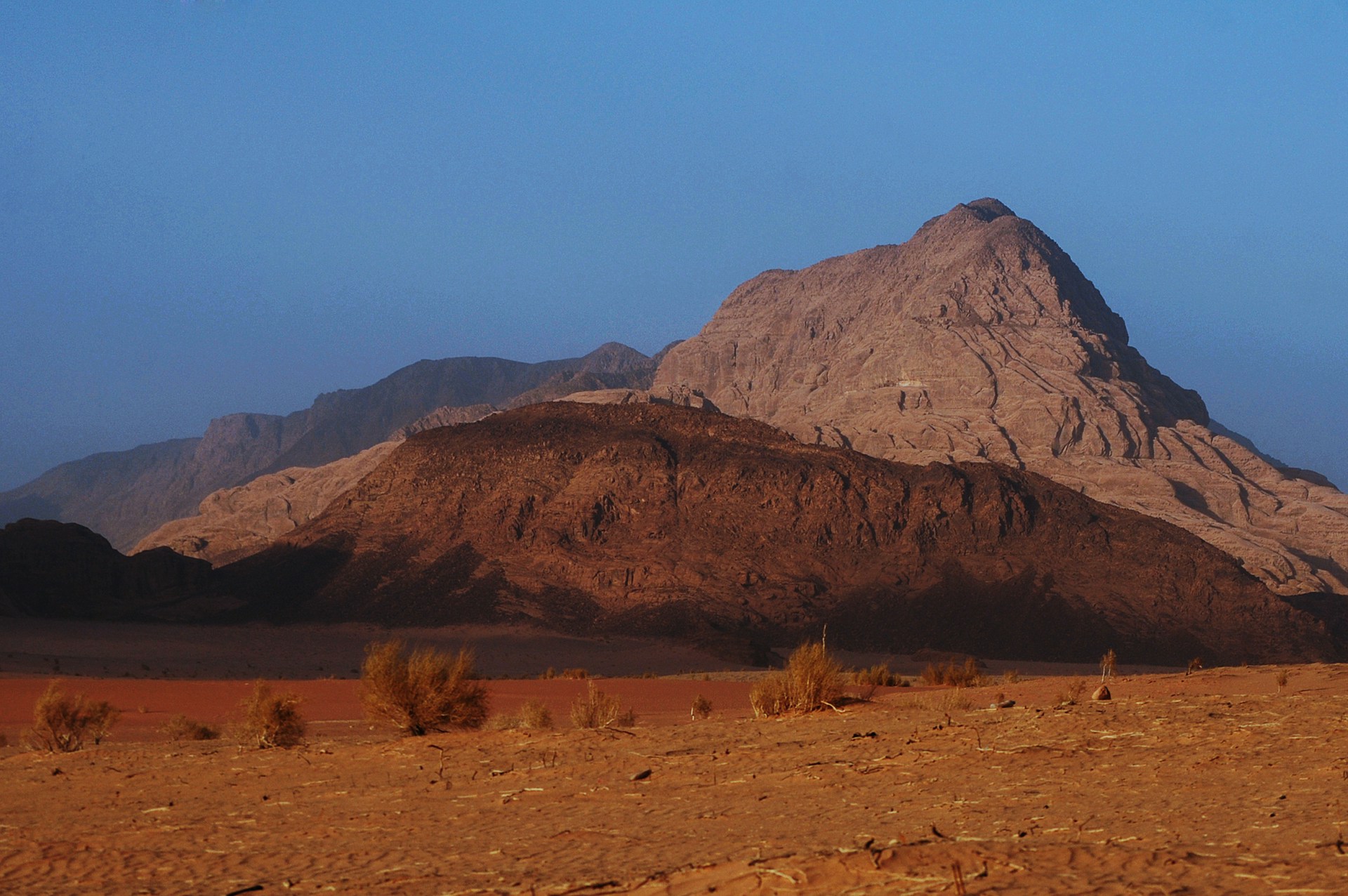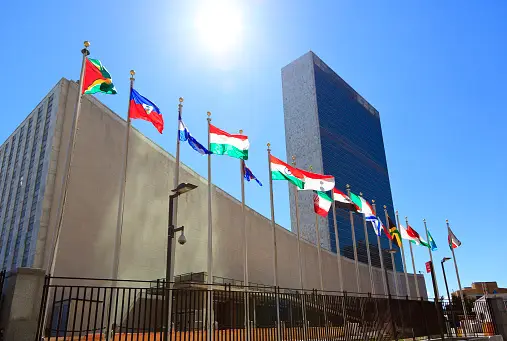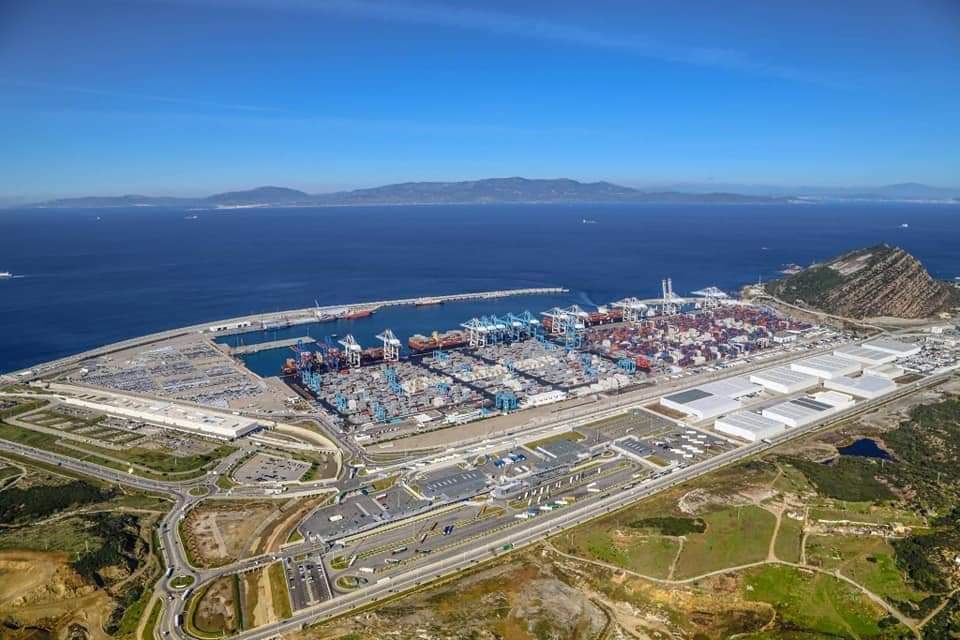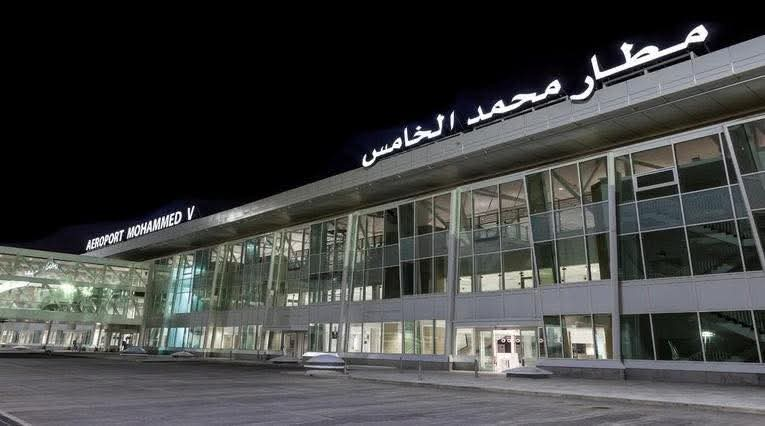Casablanca – The unemployment rate in Morocco has surged to an alarming 13.1% in the second quarter of 2024, driven largely by a persistent drought that continues to devastate the agricultural sector, a key pillar of the country’s economy. This increase from 12.4% in the same period last year marks a significant rise in joblessness, with the urban unemployment rate climbing to 16.7% and rural unemployment spiking to 6.7%.
Agricultural sector in distress
The drought has taken a particularly severe toll on Morocco’s agricultural workers. Employment opportunities, especially for small farmers, have plummeted with the reduction of cultivated land to 2.5 million hectares compared to four million hectares in a normal season.
Rising unemployment numbers
According to the High Commission for Planning (HCP), the national unemployment rate rose from 12.9% in the first quarter of 2023 to 13.7% in the first quarter of 2024. The number of unemployed individuals has swelled by 90,000, bringing the total to over 1.6 million in a country of 37 million people. The agricultural sector alone saw the disappearance of 159,000 jobs, highlighting the profound impact of the drought on rural livelihoods.
Regional disparities
The unemployment crisis is most acute in specific regions. The Casablanca-Settat region, with 25.8% of the nation’s unemployed, is the hardest hit, followed by Rabat-Salé-Kénitra (13.3%), Fès-Meknès (11.9%), the Oriental region (10.4%), and Tanger-Tetouan-Al Hoceima (8.2%). The southern regions and the Oriental region recorded the highest unemployment rates at 22.9% and 21.1%, respectively.
Economic dependency on agriculture
Morocco’s labor market is heavily dependent on agriculture, which employs nearly a third of the active population but contributes only 11-14% to GDP in good years. The ongoing drought, now in its sixth consecutive year, has underscored the vulnerability of this sector to climate change. Despite the adoption of water-intensive agricultural models under the “Green Morocco Plan” (PMV) since 2008, which increased agricultural revenues from approximately $6.5 billion to $12.9 billion over a decade, the benefits have not translated into stable employment.
Government response and future prospects
Prime Minister Aziz Akhannouch acknowledged the severity of the drought in a mid-June parliamentary session, highlighting it as a “reality” that the country must contend with. He announced the creation of 140,000 jobs through investment agreements worth over $21 billion in various sectors, including industry, renewable energy, telecommunications, tourism, and health. However, this falls short of his electoral promise to create one million jobs by 2026.
The unemployment situation in Morocco is a multifaceted crisis exacerbated by persistent drought and regional economic disparities. As the country grapples with these challenges, the government’s efforts to create new jobs and diversify the economy will be crucial in mitigating the impacts of climate change on the labor market. The road ahead requires innovative solutions and substantial investments to ensure sustainable employment and economic stability for Morocco’s future.




